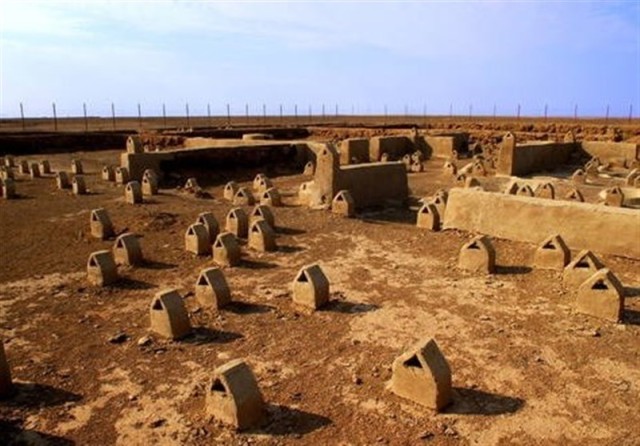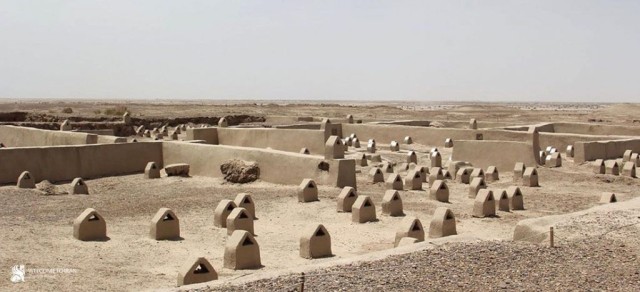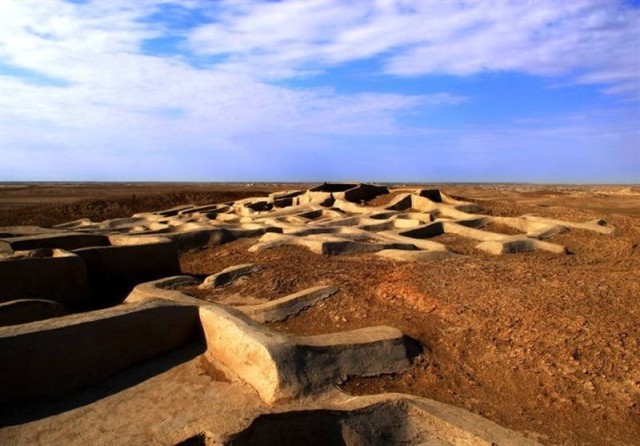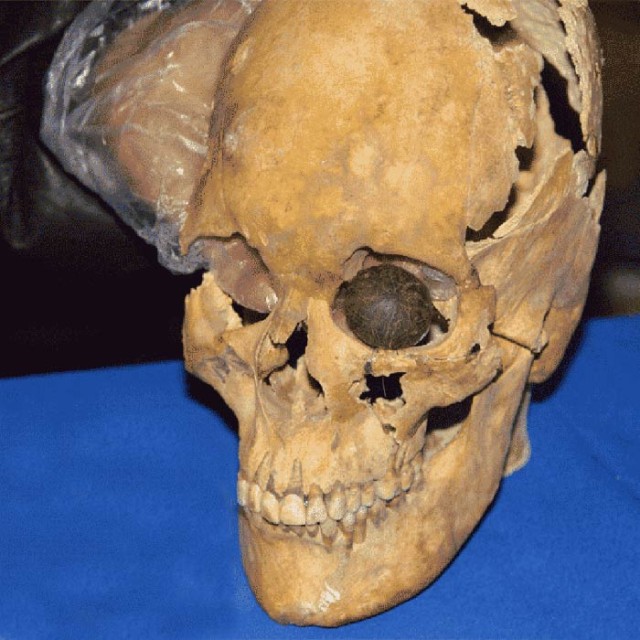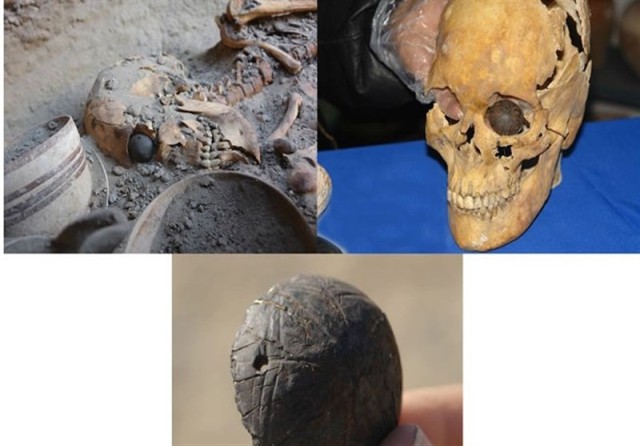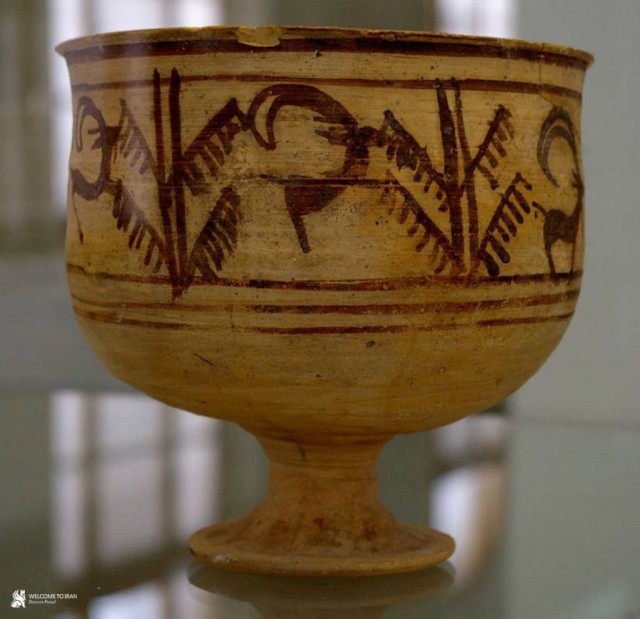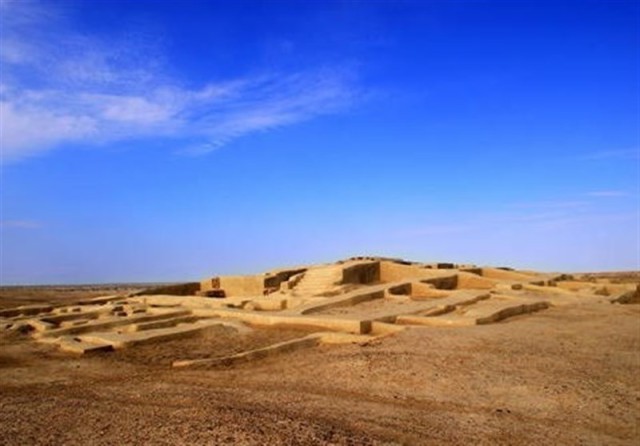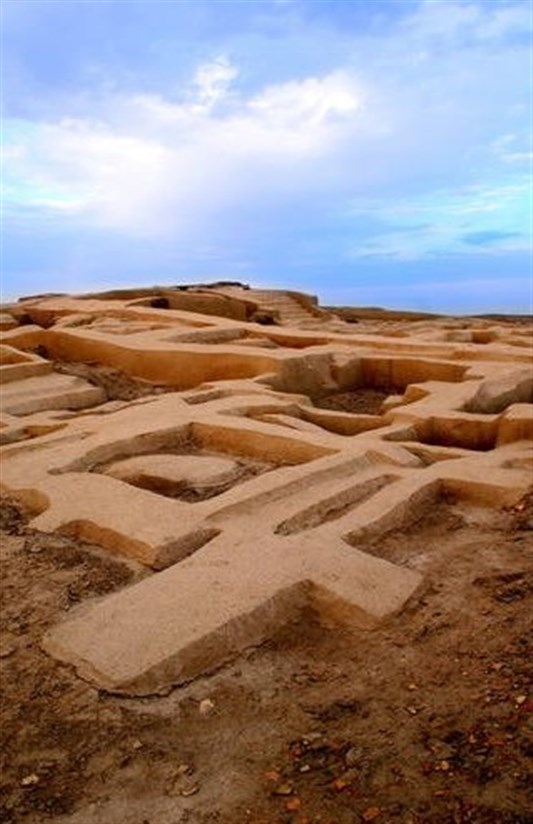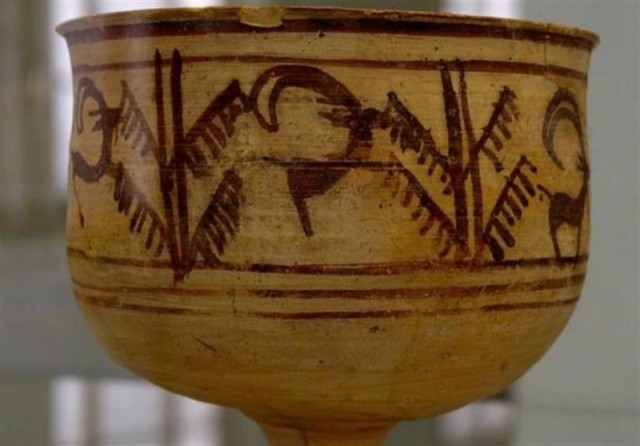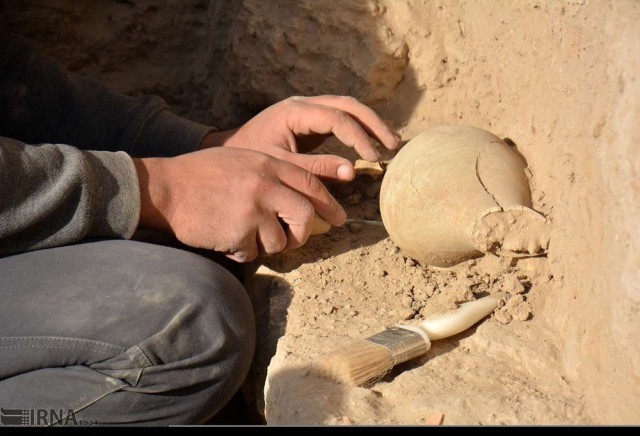
| ARCHAEOLOGY PART - 1
TEHRAN (Tasnim) - Shahr-i Sokhta, meaning ‘Burnt City’, is located at the junction of Bronze Age trade routes crossing the Iranian plateau. Located in Iran’s southeastern province of Sistan and Balouchestan, the ancient city represents an important stage in urban planning in the region.
The remains of the mudbrick city represent the emergence of the first complex societies in eastern Iran. Founded around 3200 BC, it was populated during four main periods up to 1800 BC, during which time there developed several distinct areas within the city: those where monuments were built, and separate quarters for housing, burial and manufacture.
Diversions in water courses and climate change led to the eventual abandonment of the city in the early second millennium. The structures, burial grounds and large number of significant artefacts unearthed there, and their well-preserved state due to the dry desert climate, make this site a rich source of information regarding the emergence of complex societies and contacts between them in the third millennium BC.
Shahr-i Sokhta exhibits a transition from village habitation to an urbanized community with significant cultural, social and economic achievements and developments from the late Calcolithic to the early Bronze Age.
Shahr-i Sokhta bears exceptional testimony to a peculiar civilization and cultural tradition that entertained trade and cultural relations with ancient sites and cultures on the Indus Plain, southern shores of the Persian Gulf, the Oman Sea and South-west Iran, and Central Asia. Archaeological remains and finds indicate the key role of the city on a very large scale in terms of working with metals, stone vessels, gems and pottery.
Shahr-e-Sookhte (meaning the burnt city) is a Bronze Age archaeological treasure trove. This city belongs to 5000 years earlier. After being burnt down for 3 times, finally, it was abandoned in 1800 BC. Shahr-e Sookhteh is one of the UNESCO’s world heritage centres in this region which is associated with Jiroft culture, one of the oldest civilizations on earth along with Helmand culture.
Shahr-e-sookhte was once one of the largest communities in Iran and it experienced four stages of civilization.
Where is Shahre-e-Sookhte? :
Helmand River “The
burnt city” sits on the banks of HELMAND river. Along the
ZAHEDAN-ZABOL road in the SISTAN & BALOCHISTAN province. Covering
an area of 280 hectares the burnt city was one the largest and one
of the most advanced ancient cities. Research shows that Shahr-e-Sookhte
contains 5 main parts: residential section located northeast, central
parts, industrial zone, monuments; and cemetery.
Despite what others say, the burnt city wasn't actually burnt down and most importantly, no evidence of weapons was found in the burned city. The burnt city has been an industry - dependent civilization, therefore the ash which was found there can be due to the activity of industrial furnaces around the city. And that's why the city is called "the burnt city".
The Necropolis :
Archaeologists found 310 graves in the burnt city's necropolis. The diggings show that the dead people of the burnt city were buried with their clothes.
The wonders of Shahr-e-Sookhte :
The world's earliest artificial eyeball :
In December 2006, archaeologists discovered the world's earliest artificial eyeball in the city's necropolis. This artificial eyeball was worn by a female resident who was 1.82 m tall, much taller than ordinary women of her time and was between 25-30 years old. The woman had dark, exotic skin. Her Africanoid cranial structure suggests her origins were the Arabian Peninsula.
This eyeball is made of a very light material which is still not fully defined but it appears to be natural tar mixed with a kind of animal fat. The surface is covered by a very thin layer of gold. And the tiniest capillaries in the eye were designed by gold wires less than a half mm. The eyeball's pupil is designed in the centre and a number of parallel lines that form almost a diamond are visible around the pupil.
Experts say that the skeleton dates to between 2900 and 2800 BC when the Burnt City was a bustling, wealthy city.
Brain surgery in Shahr-e-Sookhte :
One of the most amazing discoveries is finding the signs of the oldest brain surgery. The skull of a 12-13 years old girl which 4800 years earlier had brain surgery was found. A part of her skull was taken to cure her disease. This girl lived actually quite a long life after the surgery.
Other objects found at the site include a human skull which indicates the practice of brain surgery.
The oldest backgammon game in the burnt city :
The oldest known backgammon, dice and game seeds, were found by the archaeologists. The backgammon board has the picture of a snake on it. The snake has been curled up twenty times around its neck and has its tail in its mouth. The backgammon board has 60 game seeds.
The world's first animation :
During the discovery of the burned city, archaeologists found an earthen goblet in a 5000 years old grave which had a painting of a goat and a tree on it. After examining the goblet, they found out that the pattern on it, unlike other works obtained from the historical sites of the burned city, has a targeted repetition. it actually shows the goat's movement towards the tree. The artist who has painted this goblet has been able to design a goat eating the tree's leaves in five motions.
The ancient site of Shahr-i Sokhta is an outstanding example of early urban planning: excavations have brought to light well-preserved evidence in the form of its mud-brick structures, burial grounds, workshops and artefacts that testify to its size, organization, the source of its wealth and its trade and social structures. The city was separated into various parts according to different functions - residential, industrial and burial; it therefore represents an important stage in urban planning in the region.
All elements necessary to express the property’s values are included within the property, which is of adequate size to ensure the complete representation of features and processes which convey the property’s significance. The property does not suffer from development or neglect and it is well maintained. The understanding and appreciation of its remains rely on appropriate maintenance interventions and on a coherent setting.
In general the surrounding desert landscape and extraordinary scatter of archaeological material present on the surface of the low hill of Shahr-i Sokhta give a strong sense of authenticity, as does the sight of the complex architecture of the various parts so far excavated. The labyrinthine succession of rooms, corridors and courtyards give a genuine impression of these ancient buildings.
The property is in State ownership and is protected by the provisions of the Law for Protection of National Heritage (1930) and of the related bylaw (1980). Shahr-i Sokhta was registered in the list of national cultural properties of Iran as no. 542 in 1966.
In December 2006, archaeologists discovered the world's earliest known artificial eyeball in Shahr-i Sokhta. It has a hemispherical form and consists of very light material, probably bitumen paste.
The oldest known backgammon, dice and caraway seeds, together with numerous metallurgical finds, are among the objects unearthed by archaeological excavations from the site, UNESCO reported.
An earthen goblet depicting what archaeologists consider to be the first animation.
TEHRAN
– Iran’s UNESCO-registered Shahr-e Sokhta has yielded
tens of rare relics which date back to over 4000 years ago, IRNA
reported on Tuesday.
Source :
https://www.tasnimnews.com/
https://touriar.com/article/
https://www.tehrantimes.com/
https://www.welcometoiran.com/ |
